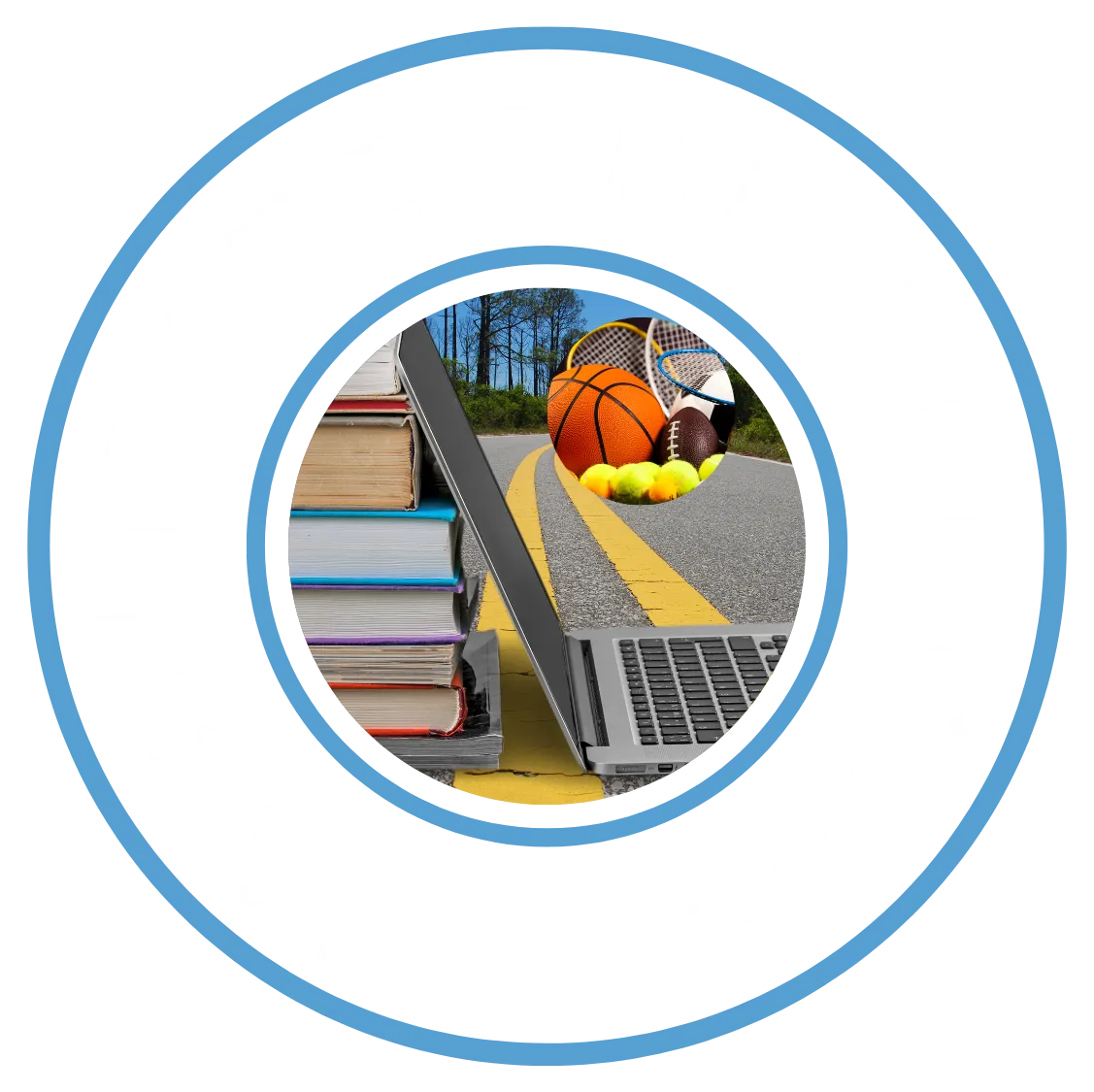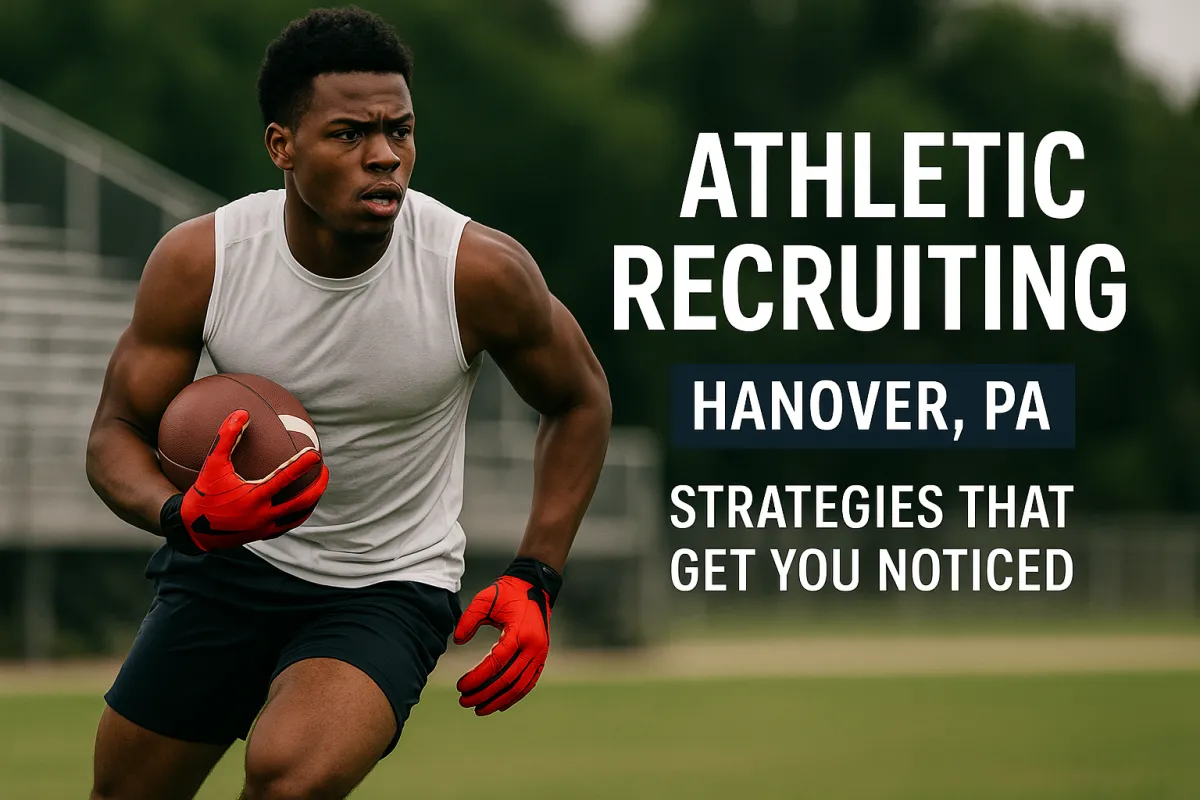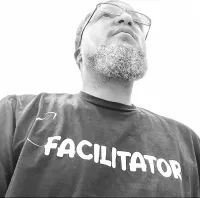

Your Success, Our Priority
Browse our articles below
Make sure to request our FREE Role Player Guide to Recruiting
Click the more stories button for additional articles

Athletic Recruiting Hanover PA: Strategies That Get You Noticed
Athletic Recruiting Hanover PA: Strategies That Get You Noticed
Student-athletes in Hanover, PA, face a competitive recruiting field. Coaches see hundreds of prospects. The difference between getting an offer and getting overlooked comes down to strategy, exposure, and relentless execution. Families want control and clarity. Athletes want real opportunities, not promises. The recruiting process rewards those who take action, stay visible, and play to their strengths. This article strips away confusion, giving you concrete steps and critical insight to move your recruiting journey forward. For local talent ready to level up, Hanover offers more than just hometown pride—it offers a pathway, if you know where to look and how to move.
Why Hanover, PA Student-Athletes Stand Out
Hanover, PA, is not just a dot on the recruiting map. Coaches know the work ethic, discipline, and grit that define athletes from this region. High school programs in Hanover demand accountability. Athletes here grow up competing hard, often against older and stronger opponents. This creates toughness that college coaches respect.
Visibility remains a hurdle. Hanover athletes often compete outside major recruiting circuits. That means fewer scouts at games and less buzz on social media. The solution lies in controlling what you can. Consistent self-promotion, highlight reels, and proactive outreach to coaches give local athletes the edge. Those willing to put in extra effort can turn geographic disadvantage into a story of resilience and drive.
What sets Hanover apart is not just athleticism. It is the community’s commitment to supporting student-athletes. Local coaches, families, and mentors rally around those chasing college dreams. This support network offers encouragement and connections that matter.
Understanding the Athletic Recruiting Process
The college athletic recruiting process follows a defined path. It starts with self-assessment. Athletes must know their strengths, position fit, and academic standing. Next comes exposure. This involves highlight videos, tournament play, and direct communication with college coaches.
Recruiting rules change from year to year. NCAA, NAIA, and NJCAA each set their own guidelines for contact periods, visits, and eligibility. Staying updated protects eligibility and maximizes opportunity. Resources like the Facilitate The Process (FTP) portal and the FTP Information Portal break down these rules by sport and division.
The process does not end with an offer. Transitioning to college athletics requires academic preparation, mental toughness, and communication skills. Athletes who track their progress, ask strategic questions, and seek feedback from coaches build confidence and avoid common pitfalls.
Building Your Athletic Recruiting Profile
A strong recruiting profile opens doors. Coaches want more than stats. They want to see game footage, academic records, and a personal story. Profiles should highlight versatility, leadership, and work ethic. Consistency matters. Outdated or incomplete profiles get ignored.
Action steps for an effective profile:
Upload recent game highlights and full-game footage
List academic achievements and test scores
Include coach references and contact information
Share personal statements that reflect goals and character
Update stats and achievements after every season
Platforms like Facilitate The Process help athletes create, update, and share profiles with verified college coaches. This approach increases exposure and credibility.
Mastering Coach Communication
Effective communication moves athletes up recruiting boards. Coaches want concise, clear messages that show genuine interest and understanding of their program. Mass emails rarely work. Personalized outreach gets attention.
Key strategies:
Research each school and coach before reaching out
Mention specific reasons why the program fits your goals
Attach highlight reels or links to your profile
Follow up respectfully and consistently
Ask questions about roster needs, scholarship availability, and campus culture
Mastering these skills takes practice. Athletes who start early and refine their communication get better responses and build stronger relationships with college coaches.
Leveraging Local Exposure in Hanover PA
Local showcases, camps, and tournaments offer real opportunities for Hanover student-athletes to connect with recruiters. Regional events attract college scouts who want to find under-the-radar talent. These events become proving grounds. Athletes who perform well stand out.
Building a network with local high school coaches, trainers, and program directors also increases exposure. Coaches often recommend players to their college contacts. Athletes who consistently show leadership and effort in practice and games earn those recommendations.
Social media amplifies local exposure. Share achievements, highlights, and training milestones. Tag relevant schools and coaches. Positive digital footprints help athletes control their narrative and attract more interest.
Handling Recruiting Setbacks
Every athlete faces setbacks. Not every coach responds. Not every event goes as planned. The key is resilience, not perfection. Setbacks teach lessons about preparation, communication, and fit.
Common challenges include:
Lack of response from coaches
Injuries or academic struggles
Competing against athletes with more exposure
Unclear recruiting rules or timelines
Solutions start with mindset. Review your process. Seek honest feedback. Adjust your approach. Resources like Overcome Impostor Syndrome In Sports and How To Navigate The Recruiting Maze offer practical tools for moving past obstacles.
Academic Success and Athletic Eligibility
Academic performance drives scholarship opportunities. Eligibility requirements for NCAA, NAIA, and NJCAA differ by division and sport. Athletes must track their GPA, complete required courses, and register with the appropriate eligibility centers.
Key academic actions:
Meet with school counselors to review course loads
Take standardized tests early
Keep transcripts updated and accessible
Research eligibility requirements for each target division
Academic setbacks limit options. Consistent effort in the classroom opens more doors and builds confidence for the next level. Resources like Athletic Recruiting Rules clarify academic expectations and help families stay prepared.
Making the Most of Recruiting Events and Showcases
Recruiting events and showcases are critical checkpoints in the process. College coaches use these events to assess skills, character, and coachability. Preparation is key. Athletes who arrive early, warm up thoroughly, and maintain focus throughout the day make stronger impressions.
Checklist for events:
Research attending schools and staff
Prepare a highlight video or QR code for quick sharing
Bring copies of your academic transcript
Introduce yourself confidently to coaches and staff
Follow up with personalized thank-you messages
Every event is a chance to grow your network and refine your skills. Consistent participation builds momentum and credibility with recruiters.
How Parents and Coaches Support the Process
Parents and coaches play a vital role in the recruiting journey. Their support goes beyond logistics. They offer perspective, accountability, and honest feedback. Successful families work as a team, setting realistic goals and maintaining open communication.
Effective support strategies include:
Encourage independence and self-advocacy
Help track deadlines and requirements
Model resilience during setbacks
Provide honest assessments of strengths and areas for growth
Coaches who know the recruiting process become powerful allies. They can connect athletes with college contacts, prepare references, and offer guidance on fit and timing. The No Coach Left Behind initiative helps local coaches stay up to date and ready to support their athletes.
Next-Level Moves: Turning Visibility Into Offers
The final step in the recruiting process is turning exposure into real offers. Consistency and follow-through separate prospects from recruits. Athletes must respond quickly to coach inquiries, ask direct questions about roster needs, and schedule campus visits when possible.
Negotiating scholarship offers requires preparation. Know your academic standing, desired role, and what you bring to a program. Stay professional in all communication and maintain a positive reputation online and offline.
Resources like The Role Player Guide To Recruiting and Improve Your Position provide actionable steps for families ready to take control of their recruiting destiny.
The Power of Taking Control
Opportunities do not wait. Every athlete in Hanover, PA, controls part of their journey. The path is not always straight, and the process rarely feels fair. Those who win are the ones who keep moving, adapt to feedback, and seize every chance to improve. No one hands out offers for potential. Action, visibility, and relentless drive get you noticed. The question is not whether Hanover athletes have what it takes. The question is who will take the next step and own their future.
Resources & Community
🎯
Follow Facilitate The Process on Facebook
https://www.facebook.com/facilitatetheprocess/
🌐
Join Our Recruiting Community
🔗
Get Started Today

